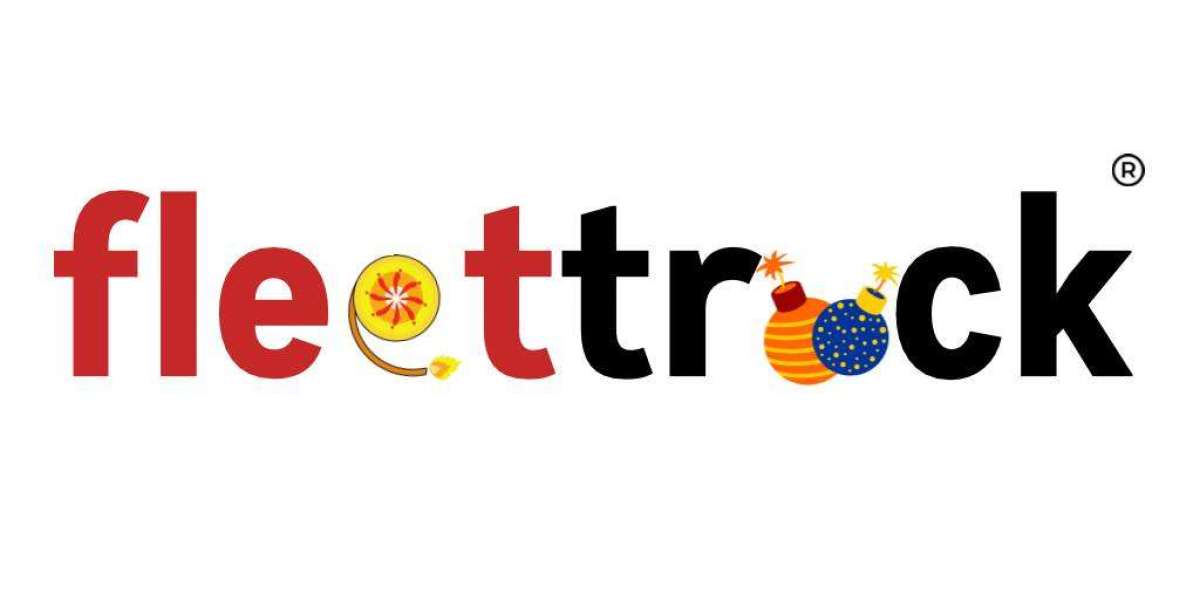Petrophysics stands at the intersection of geology, physics, and engineering, pivotal in the exploration and extraction of natural resources, particularly in the fields of oil, gas, and increasingly, geothermal energy. This discipline focuses on understanding the physical properties of rocks and their interactions with fluids in subsurface environments. In this article, we delve into the nuances of petrophysics, examining its courses, the concept of saturation height, and its applications in geothermal energy.
1. Petrophysics Courses
Petrophysics Courses are essential for professionals in the oil and gas industry and related sectors. These courses provide a comprehensive understanding of rock properties, fluid behavior, and reservoir characterization through various analytical techniques and tools. Typically offered by universities and specialized training institutes, petrophysics courses cater to geoscientists, reservoir engineers, and petroleum geologists aiming to enhance their skills in subsurface data interpretation and decision-making.
Courses cover fundamental topics such as:
Rock Properties: Understanding the mineral composition, porosity, permeability, and elastic properties of rocks crucial for reservoir evaluation.
Well Log Analysis: Interpreting well logs (electric, nuclear, acoustic) to assess rock and fluid properties within a borehole, aiding in reservoir characterization and production forecasting.
Reservoir Characterization: Integrating geological and petrophysical data to model reservoirs accurately, estimating reserves and optimizing drilling and production strategies.
Advanced petrophysics courses often include modules on:
Petrophysical Modeling: Using computer simulations to predict fluid flow behavior and optimize well placement.
Specialized Techniques: Applications of nuclear magnetic resonance (NMR), digital rock physics, and advanced logging tools in petrophysical analysis.
Professionals completing these courses gain valuable insights into subsurface dynamics, enabling them to contribute effectively to resource exploration and development projects worldwide.
2. Saturation Height
Saturation Height refers to the depth within a reservoir where fluids (oil, gas, water) are present in sufficient quantities to be economically viable for extraction. Determining saturation height is critical in reservoir evaluation as it directly impacts reserve estimation and production planning. Key factors influencing saturation height include:
Porosity: The percentage of pore space in rock that can hold fluids.
Permeability: The ability of rock to transmit fluids through its pore network.
Fluid Properties: The viscosity and composition of fluids (oil, gas, water) affecting their mobility within the reservoir.
Petrophysicists use well logging data, core samples, and advanced analytical techniques to estimate saturation height accurately. By integrating data from multiple wells and employing petrophysical models, they can delineate the boundaries of productive zones and optimize reservoir development strategies.
3. Geothermal Petrophysics
Geothermal Petrophysics applies the principles of petrophysics to geothermal energy exploration and production. Unlike conventional oil and gas reservoirs, geothermal reservoirs are characterized by high temperatures and complex fluid dynamics. Key aspects of geothermal petrophysics include:
Rock Thermal Properties: Understanding how rock conductivity and heat capacity influence the transfer of heat from the Earth's interior to the surface.
Fluid Behavior: Analyzing the movement of hot water or steam through fractured or porous rock formations.
Reservoir Engineering: Optimizing injection and extraction strategies to sustainably harness geothermal energy.
Petrophysicists in geothermal energy focus on estimating reservoir temperature, assessing fluid-rock interactions, and modeling fluid flow to enhance resource recovery efficiency. Advanced techniques such as downhole temperature logging and thermal conductivity measurements are integral to geothermal petrophysical analysis.
In conclusion, petrophysics encompasses diverse applications from traditional hydrocarbon exploration to renewable energy sources like geothermal. By pursuing petrophysics courses, professionals equip themselves with the skills to analyze complex subsurface data, evaluate reservoir potential, and contribute to sustainable energy solutions. Whether in oil, gas, or geothermal sectors, the principles of petrophysics remain essential for understanding and harnessing Earth's subsurface resources effectively.









